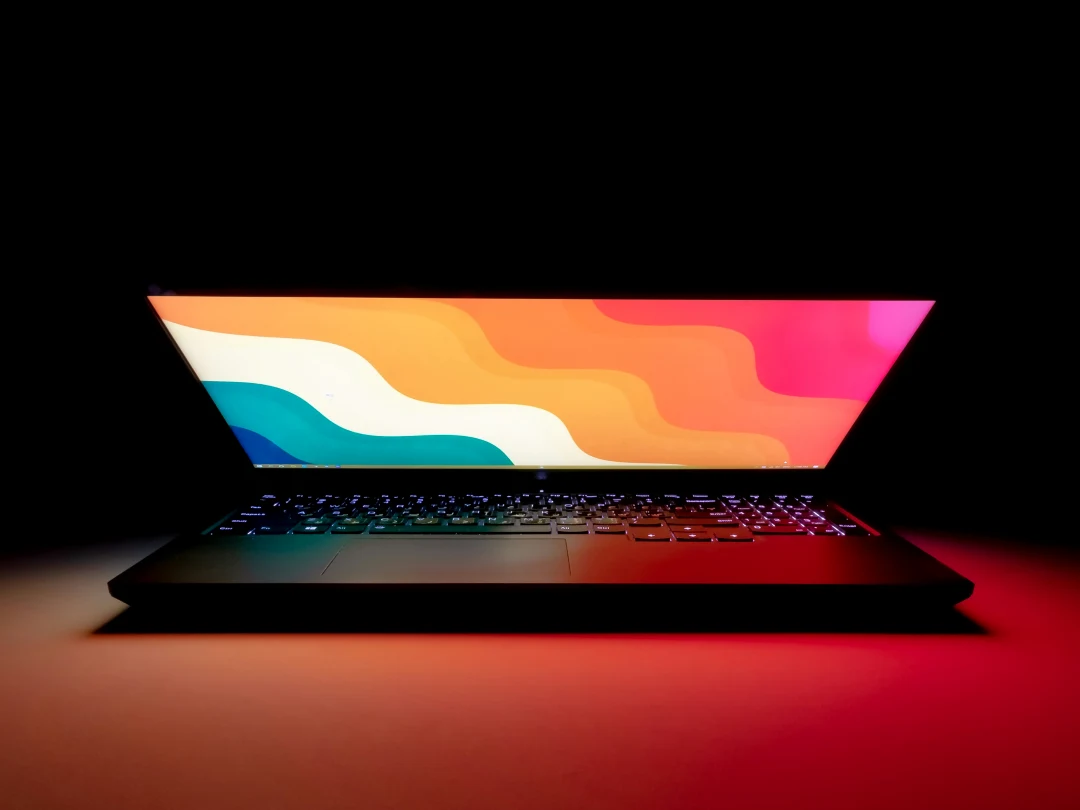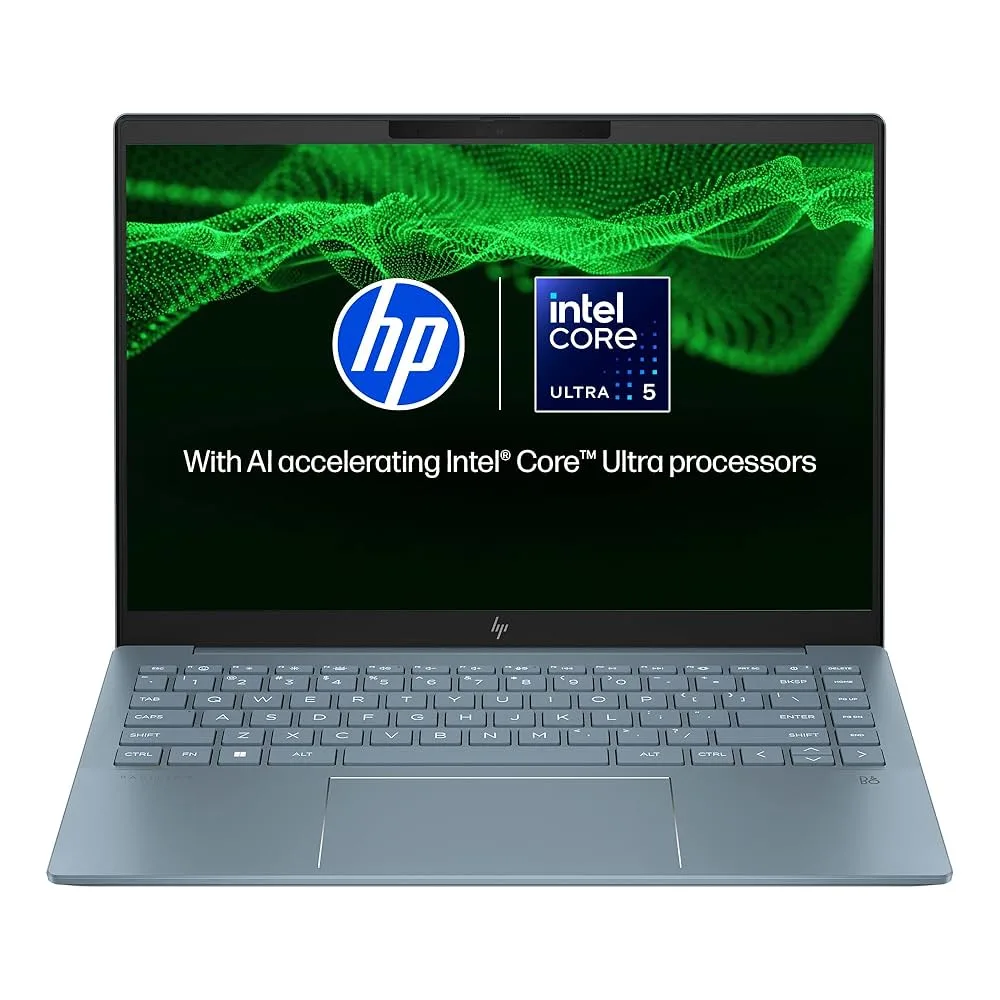How to Pick a Budget Laptop That Lasts – Battery, SSD, RAM & More (2025 Edition)
Published on: Fri Jul 11 2025

How to Pick a Budget Laptop That Lasts – Battery, SSD, RAM & More (2025 Edition)
Finding a great laptop on a tight budget can feel like searching for a needle in a haystack. The market is flooded with low-cost options that promise the world but often deliver frustration with slow performance, poor battery life, and a cheap build that doesn’t last. However, in 2025, “budget” no longer has to mean “bad.”
The key to finding a durable and reliable budget laptop is knowing exactly where to focus your money and, more importantly, where you can afford to compromise. This guide will walk you through the non-negotiable specs and smart trade-offs to help you pick a budget laptop that will serve you well for years to come.
Non-Negotiable #1: The Storage (SSD is Mandatory)
If you only remember one thing from this guide, let it be this: Do not buy a laptop with a mechanical Hard Disk Drive (HDD) as its primary drive.
In 2025, a Solid State Drive (SSD) is the single most important component for a fast and responsive user experience.
- Why it matters: An SSD makes your laptop boot up in seconds, launch applications almost instantly, and feel snappy in day-to-day tasks. An HDD will make even a brand-new laptop feel slow and archaic.
- What to look for: Aim for a laptop with at least a 256GB NVMe SSD. While 512GB is ideal, 256GB is a perfectly acceptable starting point for a budget machine. You can always use external hard drives or cloud storage for extra space.
Non-Negotiable #2: The RAM (8GB is the New Minimum)
RAM is your laptop’s workspace. It determines how many tasks you can do at once without the system slowing to a crawl.
- Why it matters: With modern operating systems and web browsers being increasingly memory-hungry, 4GB of RAM is no longer sufficient for a smooth experience. It will lead to constant lag, especially with multiple browser tabs open.
- What to look for: Insist on a minimum of 8GB of RAM. This is the sweet spot for budget laptops, allowing for smooth multitasking for everyday tasks like web Browse, streaming video, and using office applications.
Smart Compromise #1: The Processor (CPU)
You don’t need the latest and greatest processor for a great budget laptop. You just need one that is modern enough.
- What to look for:
- Intel: Look for a recent Intel Core i3 (11th Gen or newer) or a Pentium Gold / Silver processor from a recent generation. These are more than capable of handling everyday tasks.
- AMD: An AMD Ryzen 3 or even a recent Athlon processor offers excellent performance and value in the budget segment.
- Where to save: Avoid paying extra for a Core i5 or Ryzen 5 if it means compromising on an SSD or 8GB of RAM. A modern Core i3 with an SSD will feel much faster than a Core i5 with a slow HDD.
Smart Compromise #2: The Display
While a beautiful screen is nice, it’s an area where budget laptops cut corners. You can still get a perfectly usable display without breaking the bank.
- What to expect: Most budget laptops will have a Full HD (1920 x 1080) resolution, which is great. You will likely get a TN or a basic IPS panel. While the colours won’t be as vibrant as on a premium laptop, it’s perfectly fine for most users.
- What to check: Check the brightness levels if possible. A brighter screen (250 nits or more) will be easier to use in well-lit rooms. Don’t worry about features like high refresh rates or 100% sRGB coverage in this price range.
Smart Compromise #3: Build Quality and Materials
Budget laptops will almost always be made of plastic instead of metal. This is a perfectly acceptable trade-off. What’s more important is the overall sturdiness. If you can, try to feel the laptop in a store. Check for excessive flex in the keyboard deck and the screen hinge. A well-built plastic laptop can be very durable.
Final Check: Battery Life and Ports
- Battery Life: Don’t just trust the manufacturer’s claims. Look up independent reviews to get a realistic idea of the battery life. Aim for a machine that can provide at least 5-6 hours of real-world usage.
- Ports: Ensure the laptop has the ports you need. A good selection includes at least two USB-A ports, one USB-C port (check if it supports charging), an HDMI port, and a headphone jack.
By being smart about your priorities, you can easily find a budget laptop that exceeds your expectations. Focus your money on the components that dictate the core experience—the SSD and the RAM—and be willing to compromise on areas like the processor and premium materials. This strategy will ensure you get a fast, reliable machine that provides excellent value and lasts for years.
Related Blogs

HP Pavilion Plus 2025 Review – Best OLED Laptop Under ₹80,000?
An in-depth review of the 2025 HP Pavilion Plus. We test its stunning OLED display, performance, battery life, and build quality to see if it truly is the best laptop under ₹80,000 for students and professionals.

Laptop Buying Guide 2025: How to Choose the Right Laptop for Your Needs
Looking to buy a new laptop in 2025? This comprehensive guide explains everything you need to know about processors, RAM, storage, and displays to choose the perfect laptop for your work, study, or gaming needs.

Laptop for Coding in 2025 – What Specs Really Matter?
Choosing a laptop for programming? This 2025 guide cuts through the noise and focuses on the specs that truly matter for developers, from the CPU and RAM to the keyboard and display.